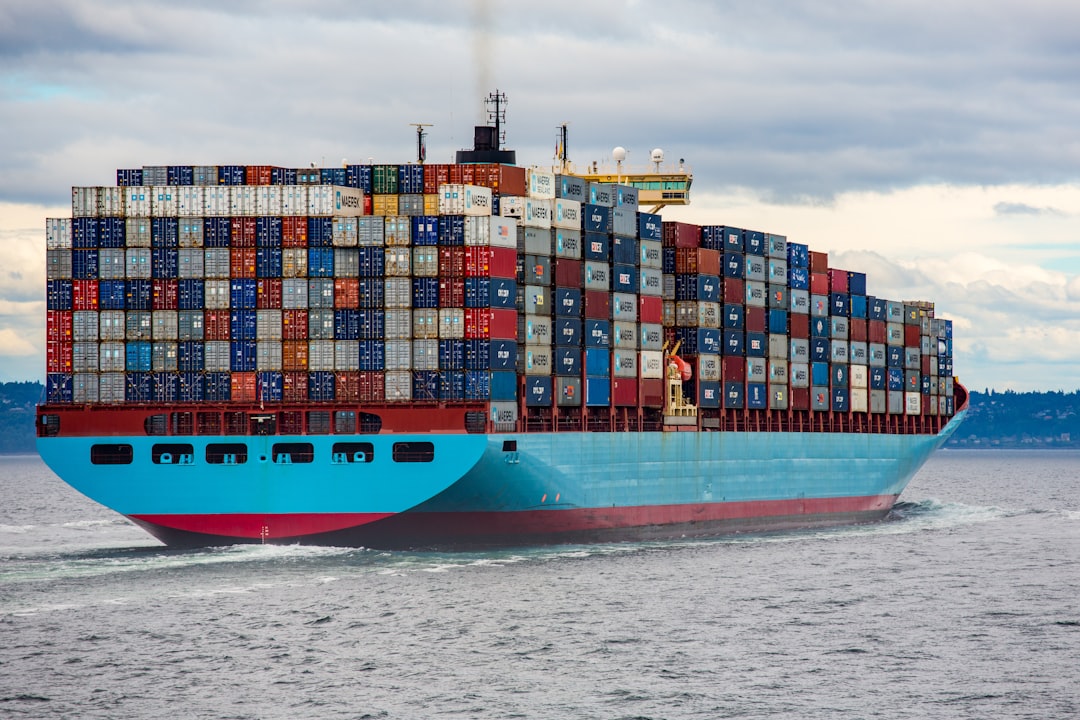What is it about?
A plausible simulation of the biggest "loss" term of the global water balance - the evapotranspiration - is crucial as estimations that are based on observations solely are rare. Using a data-driven modeling approach can support this quantification but is subject to a range of uncertainties. In this study, the uncertainty of climatic input data, and especial the radiation term, is investigated. Climatic data and model output of the global water availability and use model WaterGAP is compared with station observations from the two most valuable radiation data bases at a global scale. Main conclusion is, that the net simulated radiation, that is used to calculate the evapotranspiration is highly uncertain and more efforts has to be done to improve e.g. the calculation scheme in WaterGAP but also to increase density of high quality station observations. The agreement of simulations to observations varies among the radiation components which can be partly explained to the different footprint of a simulated grid cell vs. a station observation.
Featured Image
Why is it important?
The paper presents an assessment of simulated radiation components based on 4 climate input data and can thus evaluates also the climate input in a comparative way. Furthermore, the uncertainty is then calculated to the maximum possible effect on evapotranspiration (using the potential evapotranspiration approach). This both gives valuable insights in global-scale hydrological modeling of radiation and evapotranspiration.
Perspectives
One of the next steps is to evaluate the (combined) effect of climatic input data and approach to derive the potential evapotranspiration firstly as sensitivity analysis and secondly to get a feeling how the effect of the choice of these is on simulations of evapotranspiration and consequently water resources.
Mr Hannes Müller Schmied
Goethe University Frankfurt
Read the Original
This page is a summary of: Evaluation of Radiation Components in a Global Freshwater Model with Station-Based Observations, Water, October 2016, MDPI AG,
DOI: 10.3390/w8100450.
You can read the full text:
Contributors
The following have contributed to this page










